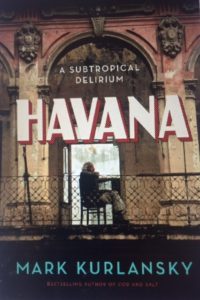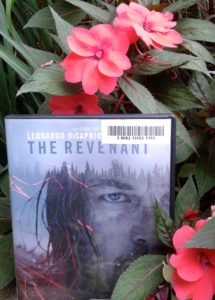 Have you ever thought of a city as a person, as someone who is alive and waiting to make your acquaintance? This is a new idea for me. It came after I started reading Havana* by Mark Kurlansky.
Have you ever thought of a city as a person, as someone who is alive and waiting to make your acquaintance? This is a new idea for me. It came after I started reading Havana* by Mark Kurlansky.
He begins by saying in the Prologue, “If I were ever to make an old-fashioned film noir…I would shoot it in Havana.”** He goes on to talk about other writers and poets who have found Havana fascinating. It seems you have a very different impression of Havana if you first see it from the sea, rather than from land.
Mr. Kurlansky tells how Habana Vieja (Old Havana), the original city, developed. The streets in this section were, and still are, very narrow and dark. The sidewalks are narrower still, all because the sun is so hot. So, when people put awnings up, they tie them to the building across the street. That way everyone passing below gets the shade.
One of the more interesting things I learned is that the city was founded three times in three different places. And Mr. Kurlansky has lots of interesting anecdotes to tell about how each settlement was founded.
Havana was invaded many times, always from the sea. There were the French pirates in 1538 and 1555 and different ones came again many times after that. Each time the townspeople paid a ransom and those that were still alive rebuilt. They built one fortress and then another and, over time, they added to each. It didn’t seem to make much difference. There seemed to be no shortage of pirates coming from the sea, and so, there would be another raid.
Havana grew and became an important commercial port in the 1700s. African slaves were brought in around this time to do the work.
Mr. Kurlansky says, “It has at times been suggested that the impact of slavery on modern Cuba is exaggerated, but so profound and fundamental is slavery to the identity of both Havana and Cuba that it would be almost impossible to overstate it.”***
He goes on to say that there were people alive in 1980 who had known their grandparents who had been born in Africa. Imagine that!
I’m going to stop here because I don’t want to give too much away. I hope I’ve inspired you to read Havana. It’s an exciting, fascinating book that reads like a novel and the city of Havana is the main character!
*Havana by Mark Kurlansky, Bloomsbury USA, March 17, 2017.
**Location 71
***Location 493
